It has been 20 years since Roxburghe House, Aberdeen’s NHS palliative care unit, moved from just outside the city to its current spot next to Westburn Park.
But, says Flora Watson, who’s worked at Roxburghe House for much of that time, people still refer to it as “new” Roxburghe.
“It was so firmly placed in people’s minds,” she says of the former unit at Milltimber.
“But, you know, as a building it has stood the test of time.”
Indeed it has. The building’s location may have moved but the palliative care unit’s status in the north-east remains firmly intact for the many patients and families that have visited it over the years.
In fact, as a purpose-built facility — opened by footballer Denis Law in 2004 — the ‘new’ Roxburghe House has touched the lives of thousands of Scots, and not just those in Aberdeen.
As part of NHS Grampian, the specialist palliative care unit takes in people from Moray, Orkney, Shetland and even the Western Isles.
So, to mark its 20th year of operation, The P&J spoke to Flora and others who have worked in Roxburghe House.
In a wide-ranging chat, we find out:
- How new Roxburghe House was conceived and built
- What Denis Law said to Flora when he opened the new building
- Why Roxburghe House’s patients are getting younger
‘When I came it was very different to now’
Roxburghe House opened its doors in August 2004, but plans to build a whole new palliative care building started well before that.
Flora was involved in those initial meetings.
“My job was to get them from the old place to the new place,” she says.
The old Roxburghe House was in the grounds of Tor-na-Dee Hospital, now the site of a retirement home.
Opened in 1977, the unit conformed more to the Victorian idea of a hospice — more sanitorium than care facility.
“When I came it was very different to now,” says Rachel Anderson, who started working at Roxburghe House when it was based at Milltimber. “Five single rooms and four four-bed wards.”
“If you had a chair in there with the bed, that would have been it. There wasn’t much room for us.”
Staff, therefore, were excited to hear the news the palliative care unit was moving.
The blueprints for the new building showed that it would be three to four times bigger than Milltimber, with space for more single rooms and five three-bed wards.
Prince Charles joins in Roxburghe House fundraising
The plans had been drawn up by Macmillan Cancer Support, the UK charity charged with raising funds for the hospital in partnership with the NHS.
Macmillan had already helped build a string of palliative care units across the UK, so knew exactly what was needed.
The new Roxburghe had spacious L-shaped single rooms with en-suite facilities. But the size of the bedrooms was not the only change from Milltimber.
“Every patient room would look to the gardens rather than the car park,” Flora says.
Meanwhile, the gardens were enlarged in 2012, giving the facility even more space for patients and their families.
Macmillian set a £4 million target for the Roxburghe House fundraiser, the largest building appeal it had ever launched. Over the next two years, hundreds of fundraising events were held across Aberdeen and the north-east.
In fact, a skim through The P&J and Evening Express archives makes it feel like everyone was raising money for the Roxburghe House fund.
Charity abseils, skydives, raffles and car boot sales — even Prince Charles joined in, auctioning off a Balmoral painting to boost the pot.
Aberdeen legend Denis Law on hand to open Roxburghe House
Opening day finally arrived and though Flora admits moving the patients was the biggest headache, staff were overjoyed to be in their new home.
“My main thought was that it was great to see it in person, rather than on a sheet of paper,” Rachel says.
The official opening in July the next year was conducted by footballer Denis Law. Flora has happy memories of the Lawman’s visit.
“He was lovely,” she says. “He was getting a tour and came to where all the high heidyins were waiting. But then he came over to me and the other nurses and said, no, I want you to take me.”
Why working at Roxburghe House is much more than just sad
Flora left Roxburghe House six months after the new building opened, her job completed. But she returned in 2014 as the unit’s senior charge nurse and is still based there through her current role as the Macmillan nurse consultant for palliative and end of life care.
Rachel, meanwhile, spent the next 20 years at Roxburghe House, moving up from staff nurse to senior staff nurse.
But despite all the years they have collectively spent at Roxburghe House, they still get the same reaction from the public when they reveal what they do.
“They say that it must be so sad,” Rachel says.
For both, however, the experience of working at Roxburghe House is much more.
“It is sadness,” Rachel continues, “but actually it’s a privilege, because you get to meet people and their families and support them, and also you get to know them.”
Flora adds: “People have an idea of what Roxburghe House is going to be like if they’ve never been here before.
“So when they do come and they do see it’s light and it’s bright and it’s airy, and there’s a coffee bar, then they see there’s more life about it than they expect.”
Flora also points out that half of the patients admitted to the building are eventually discharged home, going against the common conception that Roxburghe House is where people go to die.
“Sometimes people’s story that they tell will be of somebody who came here and died,” she adds.
“But they might not talk about the fact that they came here three or four times before that, because often the bit that resonates most with people is going to be when somebody actually does [die].”
Complex health issues and younger patients
But has anything changed in the 20 years since the new Roxburghe House opened?
Curiously, Flora and Rachel say that the facility’s patients are younger.
That’s down to huge advances in medical care that means conditions such as cancer – though now more common among the population — can be managed at the patients’ homes.
Roxburghe House, therefore, has become a place for more complex health conditions, which skew towards relatively younger people.
“Obviously, there’s a lot more folk being diagnosed, and a lot more folk living longer,” Rachel says. “But although the majority of people probably are still in the elderly population, they have symptoms that can be managed.
“There’s a lot more things done at home now.”
What the future holds for Roxburghe House
And as for the question of whether Roxburghe House will be around for another 20 years, Flora and Rachel are unanimous, despite wider concerns over the future of hospice care in the UK.
In England this year, palliative care units have been forced to make cuts because of a fall in funding, both from the government and from donations.
St Catherine’s Hospice in West Sussex and East Surrey announced this month the axing of 40 jobs to help make £1.5m in savings.
Flora, however, says the future of Roxburghe House is secure because it is wholly funded by the NHS.
“It will continue to evolve and to develop depending on what the needs of the community are, because that’s what has happened in the last 20 years,” she continues.
“Because, you know, from where it was 20 years ago to where we are now, it feels completely different.”
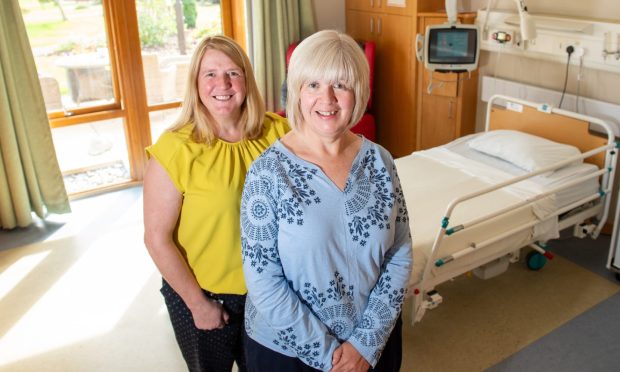
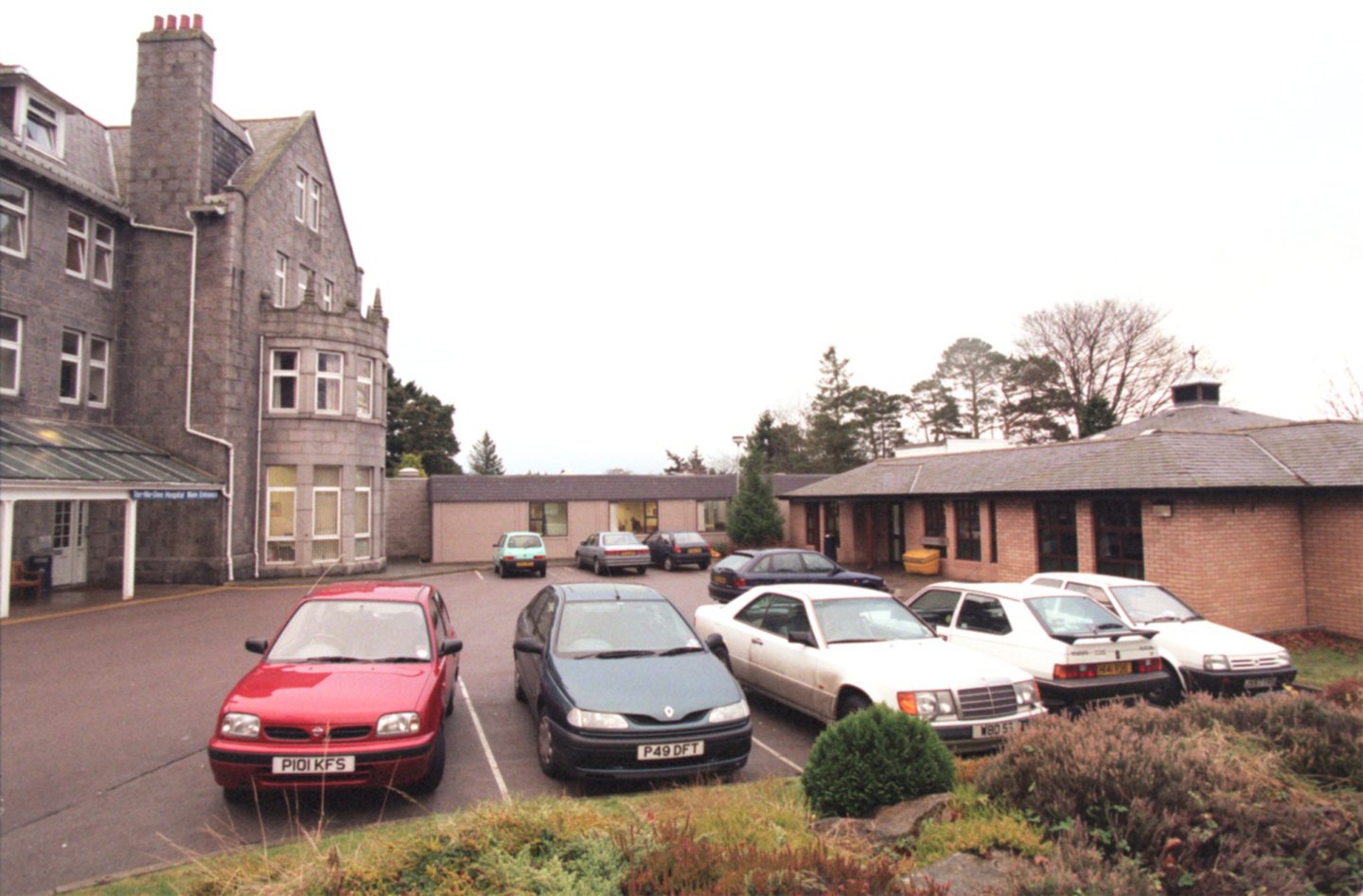
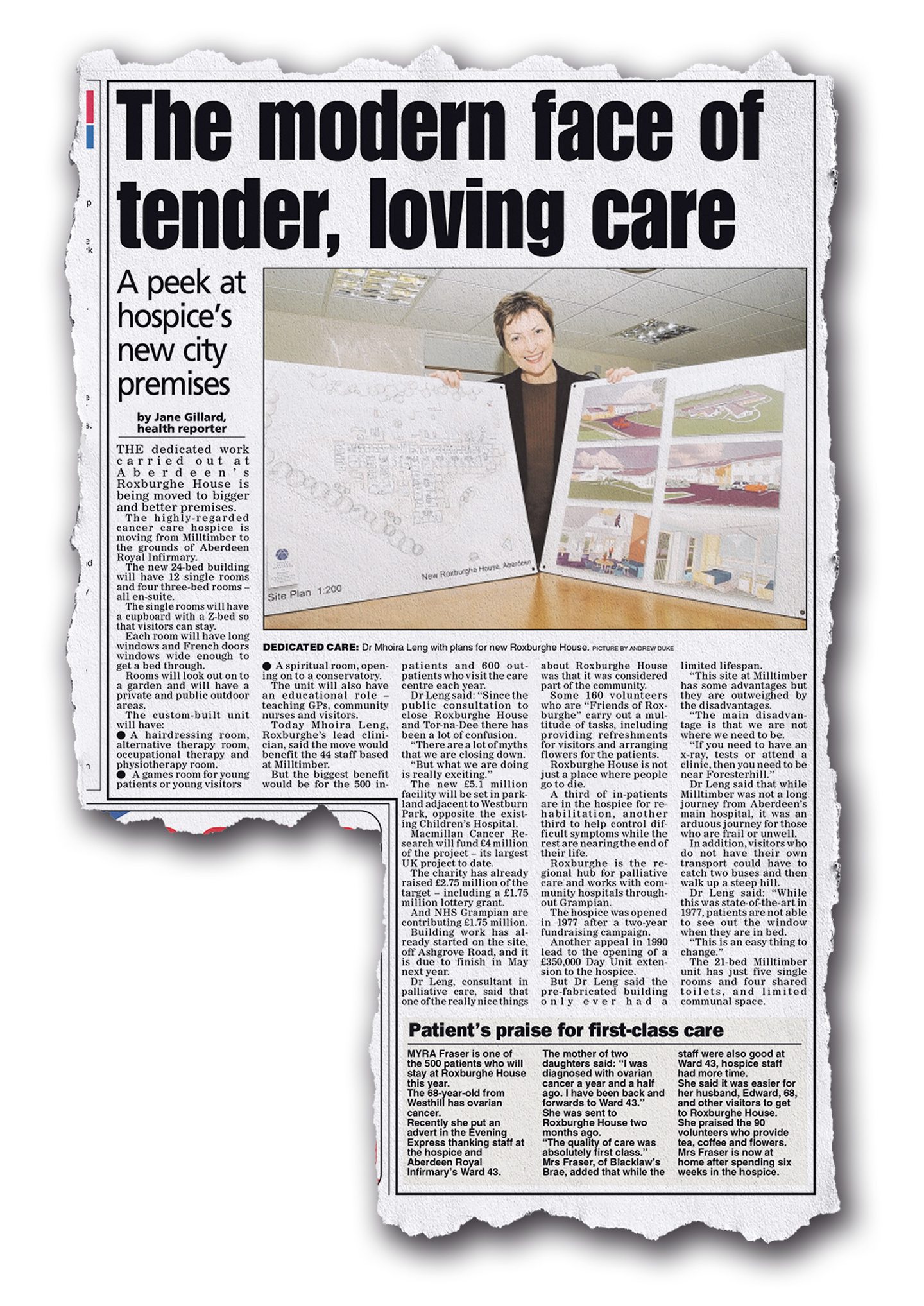
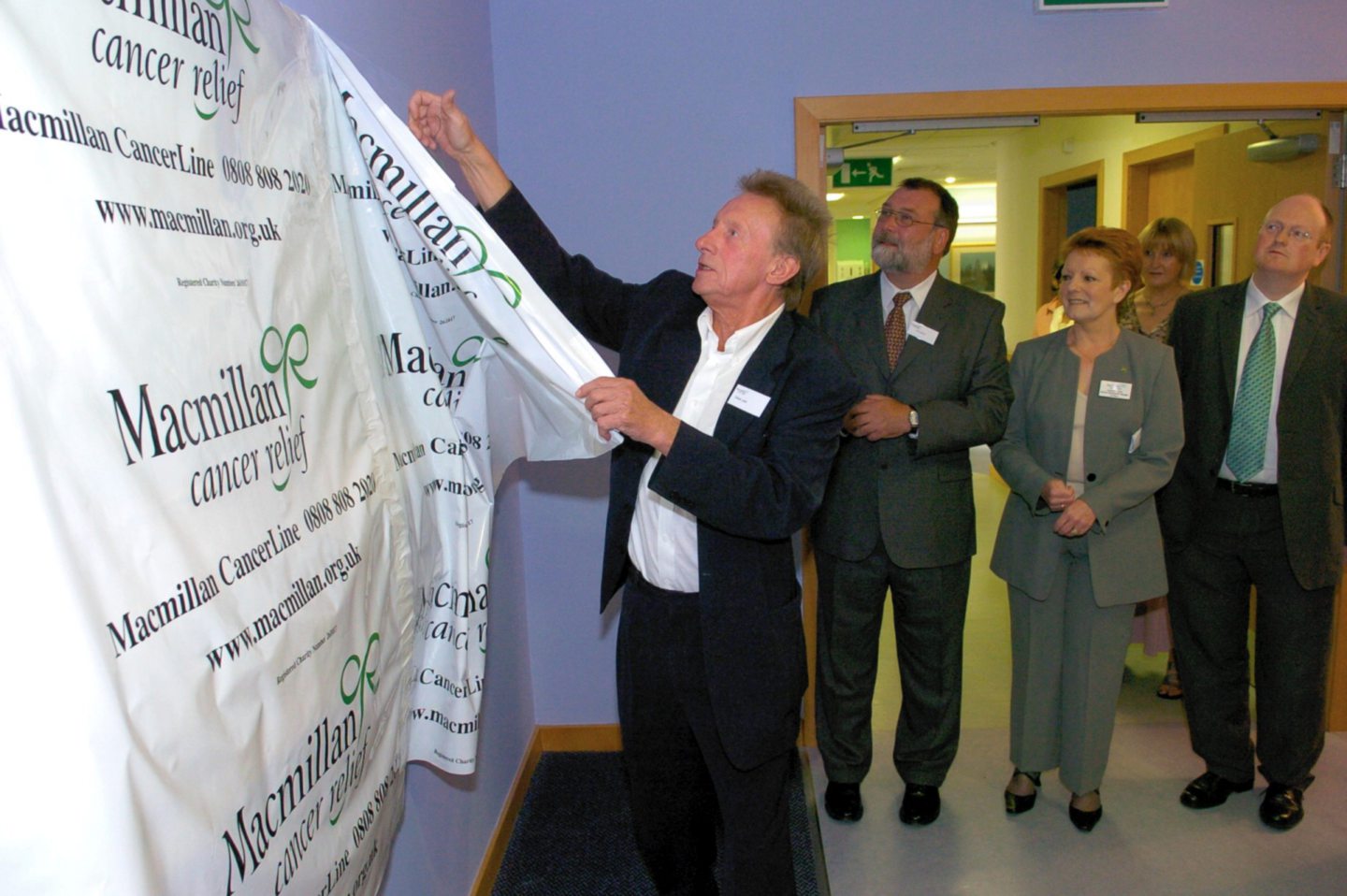
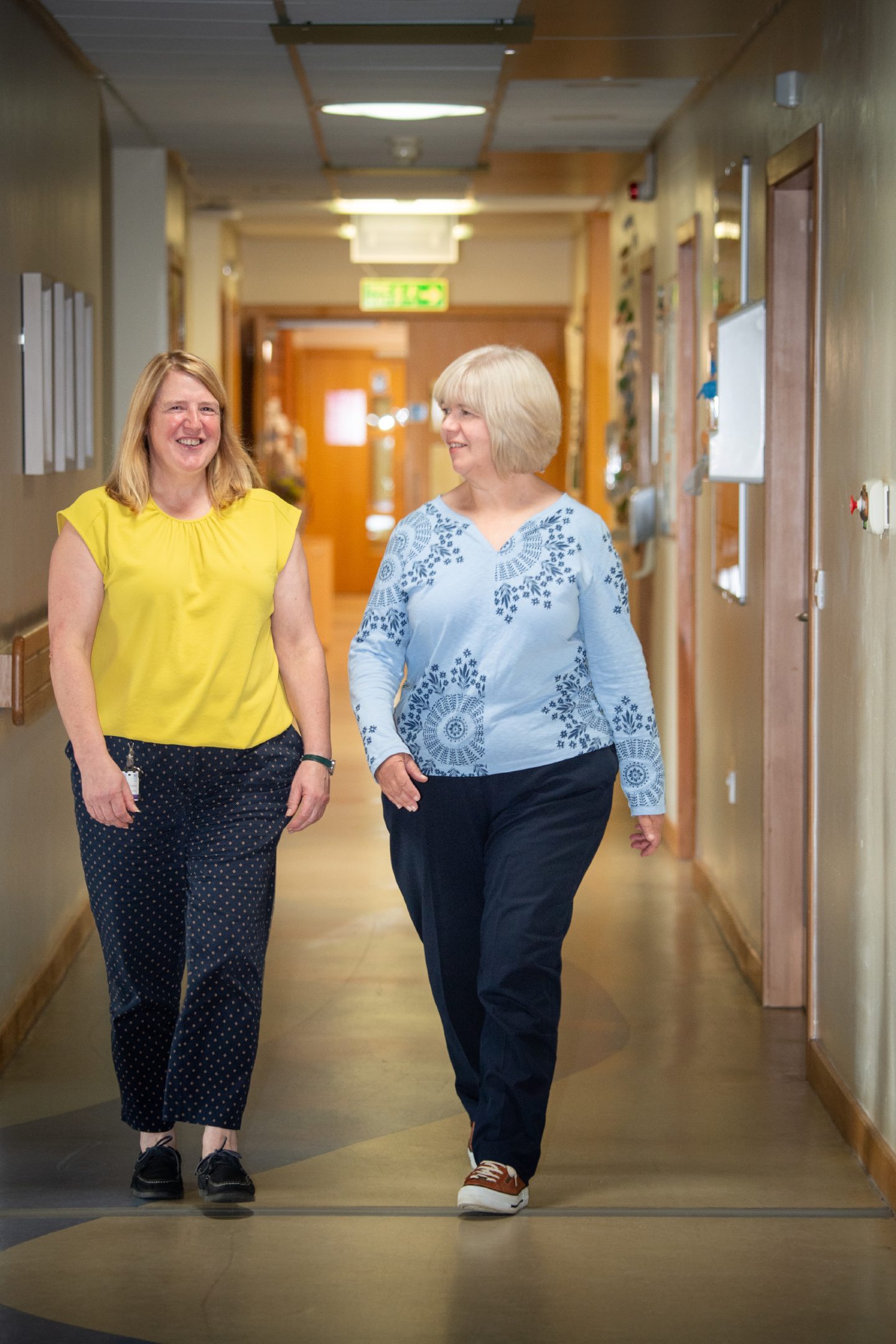
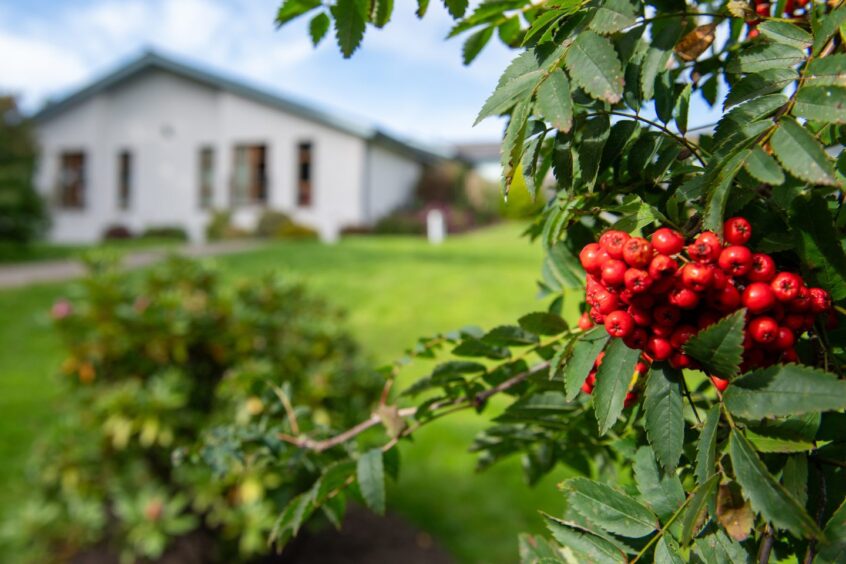
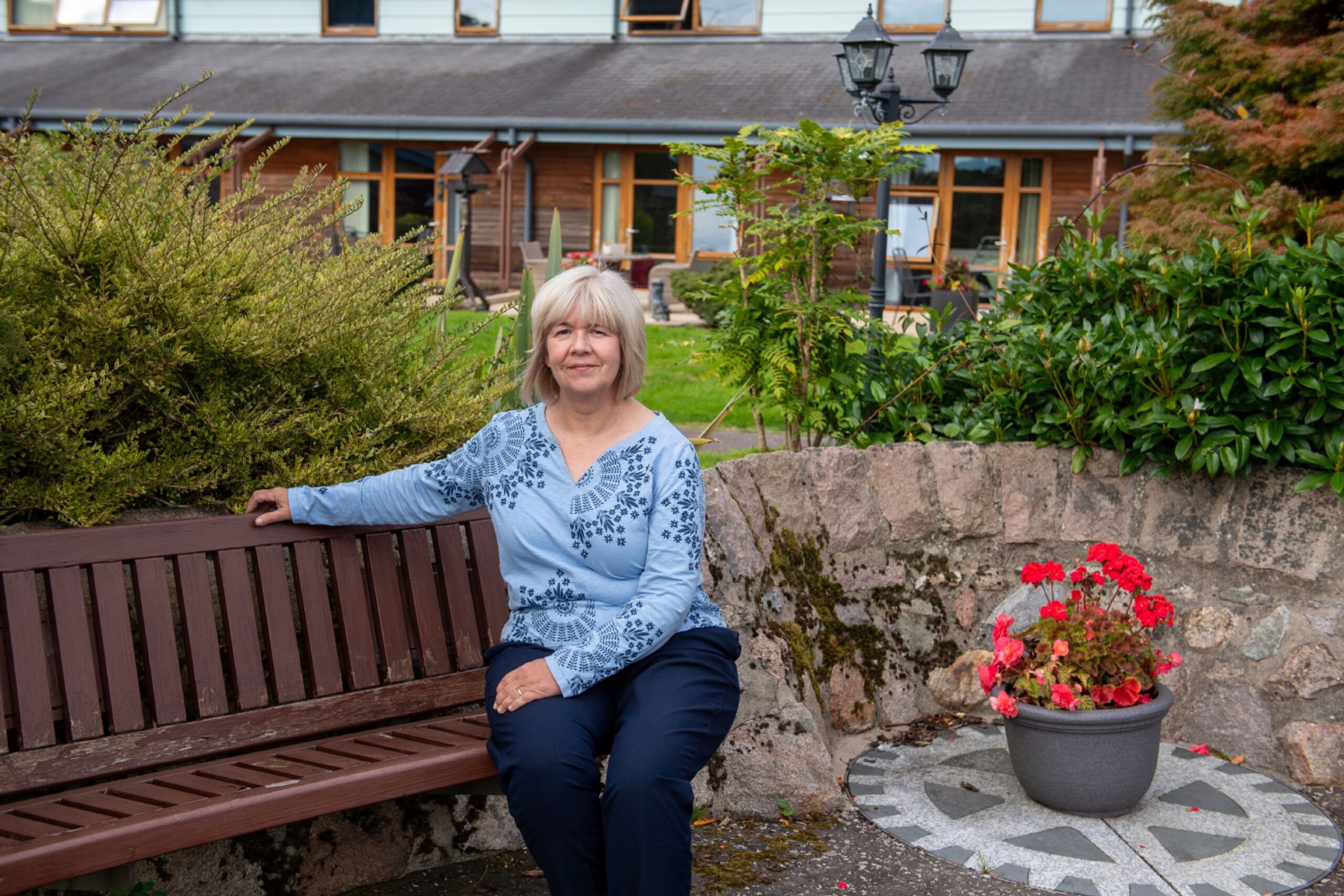
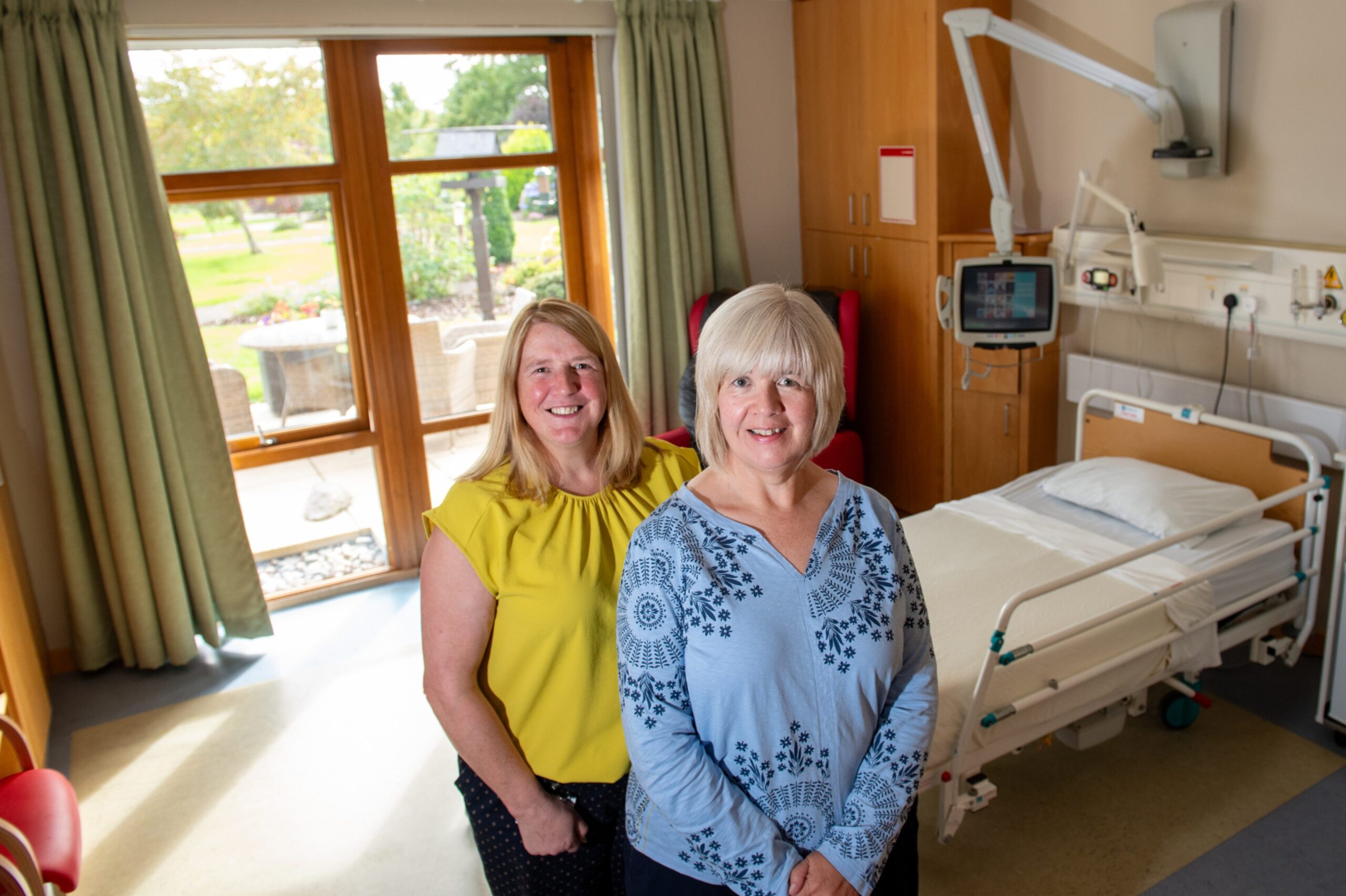
Conversation